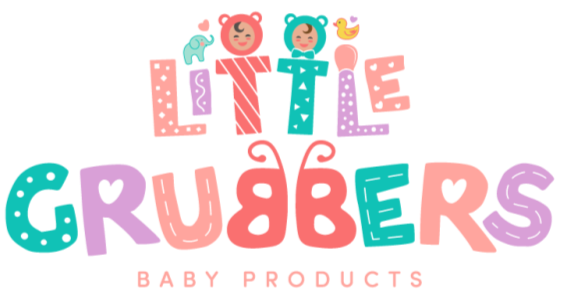The Emotional Rollercoaster of Mealtime
Mealtime is more than just nourishing your baby—it’s a time for bonding, learning, and exploration. But let’s be real: feeding time can also be emotional. From tears over spilled purees to frustration over a picky eater refusing food, these moments can test even the most patient parent.
In this guide, we’ll explore why feeding time can stir up so many emotions and, more importantly, how to handle it with grace and confidence.
1. Why Feeding Time Can Be Stressful
Feeding time often feels emotional because it’s tied to so many aspects of a baby’s development and a parent’s caregiving role.
Pressure to “Get It Right”
As parents, we want our babies to eat well, grow strong, and thrive. This can lead to feelings of pressure when things don’t go as planned.
Tip: Shift your mindset. Instead of striving for perfection, focus on creating a positive mealtime experience where exploration and bonding take center stage.
Baby’s Changing Preferences
Babies’ tastes and behaviors can change overnight. One day they love bananas; the next, they spit them out.
Tip: Keep offering variety, and don’t take rejection personally. Babies need repeated exposure to new foods before they accept them.

2. Understanding Your Baby’s Cues
Babies communicate their needs through cues, but deciphering them during feeding time can be challenging.
Signs of Hunger
- Rooting or opening their mouth.
- Reaching for food or utensils.
Signs They’ve Had Enough
- Turning their head away.
- Pushing the spoon or food away.
Tip: Trust your baby’s cues. Avoid forcing food, as this can create a negative association with eating.
3. Coping With Your Own Emotions
Feeding time isn’t just hard on babies—it can be overwhelming for parents too.
The Guilt Trap
It’s common to feel guilty when mealtime doesn’t go smoothly, but remember: you’re doing your best, and that’s enough.
Tip: Celebrate small wins, like your baby trying a new food or feeding themselves for the first time.
Dealing With Frustration
Refusals, messes, and slow eating can be frustrating.
Tip: Take deep breaths and remind yourself that patience is key. A messy eater today may become an adventurous eater tomorrow.

4. Creating a Calm Mealtime Environment
The right environment can make a huge difference in how feeding time feels for both you and your baby.
Set the Tone
- Create a routine by eating at the same time and place each day.
- Use a calm, soothing voice and avoid distractions like screens.
Use the Right Tools
Tools like the 3-in-1 Baby Spoon™ can make feeding time easier by encouraging self-feeding and reducing messes.
Check out “How to Encourage Your Baby to Self-Feed” for tips on fostering independence.

5. Building Positive Associations With Feeding
Positive mealtime experiences set the foundation for healthy eating habits.
Make It Fun
Turn feeding time into a game by naming foods or making silly faces.
Celebrate Progress
Cheer your baby on when they try new foods or use utensils for the first time.
Focus on Connection
Sit down and eat together as a family whenever possible. Babies learn by watching you, so model the enjoyment of mealtime.
Tip: Remember, it’s okay if your baby plays with their food—it’s part of learning!

6. When to Seek Help
Sometimes, feeding struggles go beyond normal pickiness.
Signs to Watch For
- Consistently refusing food or gagging.
- Difficulty chewing or swallowing.
If you’re concerned, consult your pediatrician or a feeding specialist.
Simplify Mealtime With the Right Tools
Feeding time doesn’t have to be a source of stress. With the right mindset, strategies, and tools like the 3-in-1 Baby Spoon™, you can turn mealtime into a joyful and bonding experience.
Ready to make mealtime easier? Check out Little Grubbers’ 3-in-1 Baby Spoon™ today!

